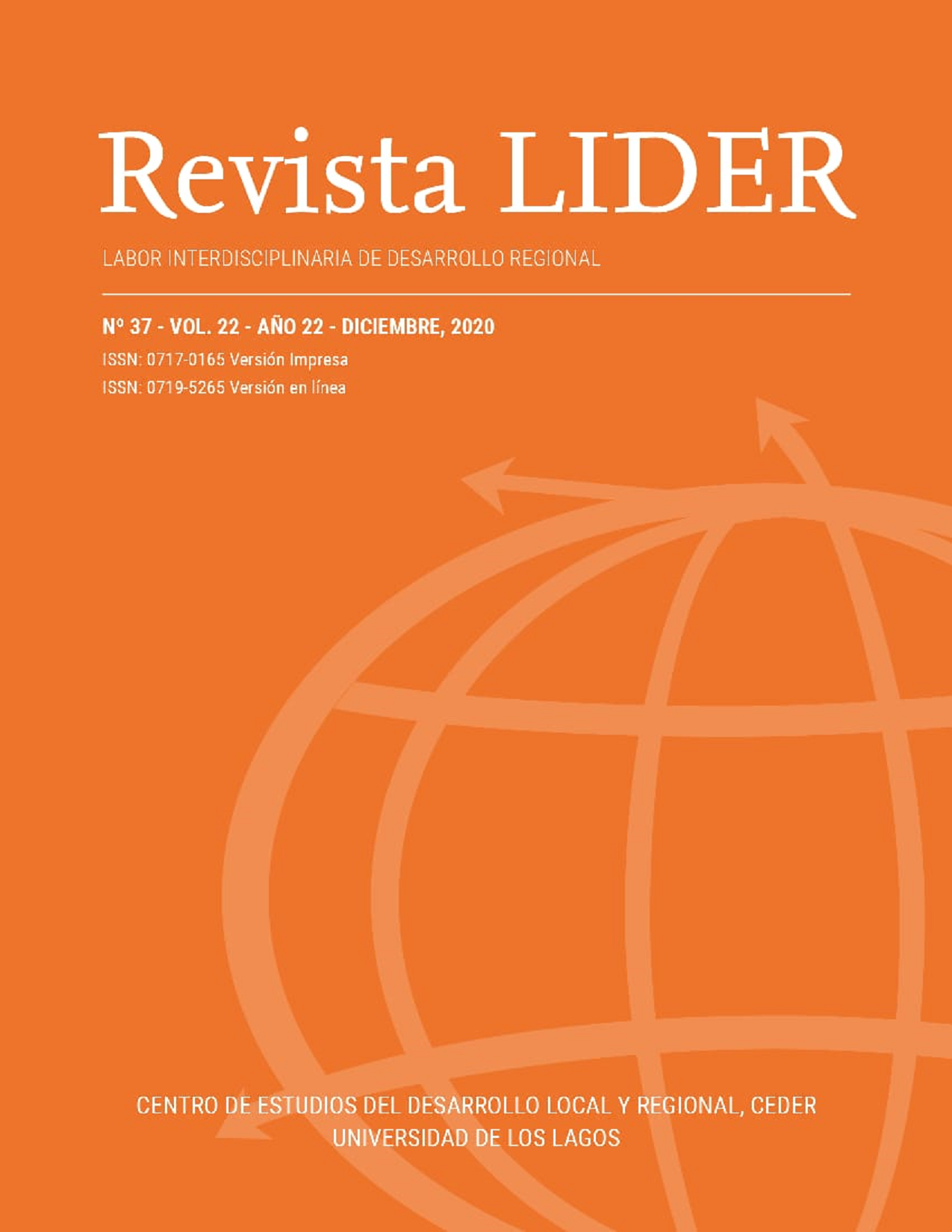Distributed reproduction: transforming representations of territorial inequality anchored in a demographic-spatial matrix
Main Article Content
Abstract
Academic research on territorial inequality frequently assimilates this concept to the examination of differences between human aggregates understood as spatially separated and delimited populations. Even though this view has been prolific in the sense of highlighting contrasts and denouncing the exclusion of human individuals and collectives in the capitalist mode of production, it supposes a reduction of the very notion of territory. When territorial inequality is assimilated to population differences, territory then is viewed exclusively as a support for the existence and reproduction of human beings, closely linked to the birth and multiplication of individuals as an indicator of success and socioeconomic development. Based on the feminist critique made by Donna Haraway and Michelle Murphy of the concept of population as a biopolitical operator, this article seeks to reinscribe the study of territorial inequalities on an expanded and distributed concept of reproduction, and underlining its potential to address the growing polarization that characterizes contemporary territorial experience in Latin America.
Article Details
Downloads

This work is licensed under a Creative Commons Attribution-NonCommercial-ShareAlike 4.0 International License.
